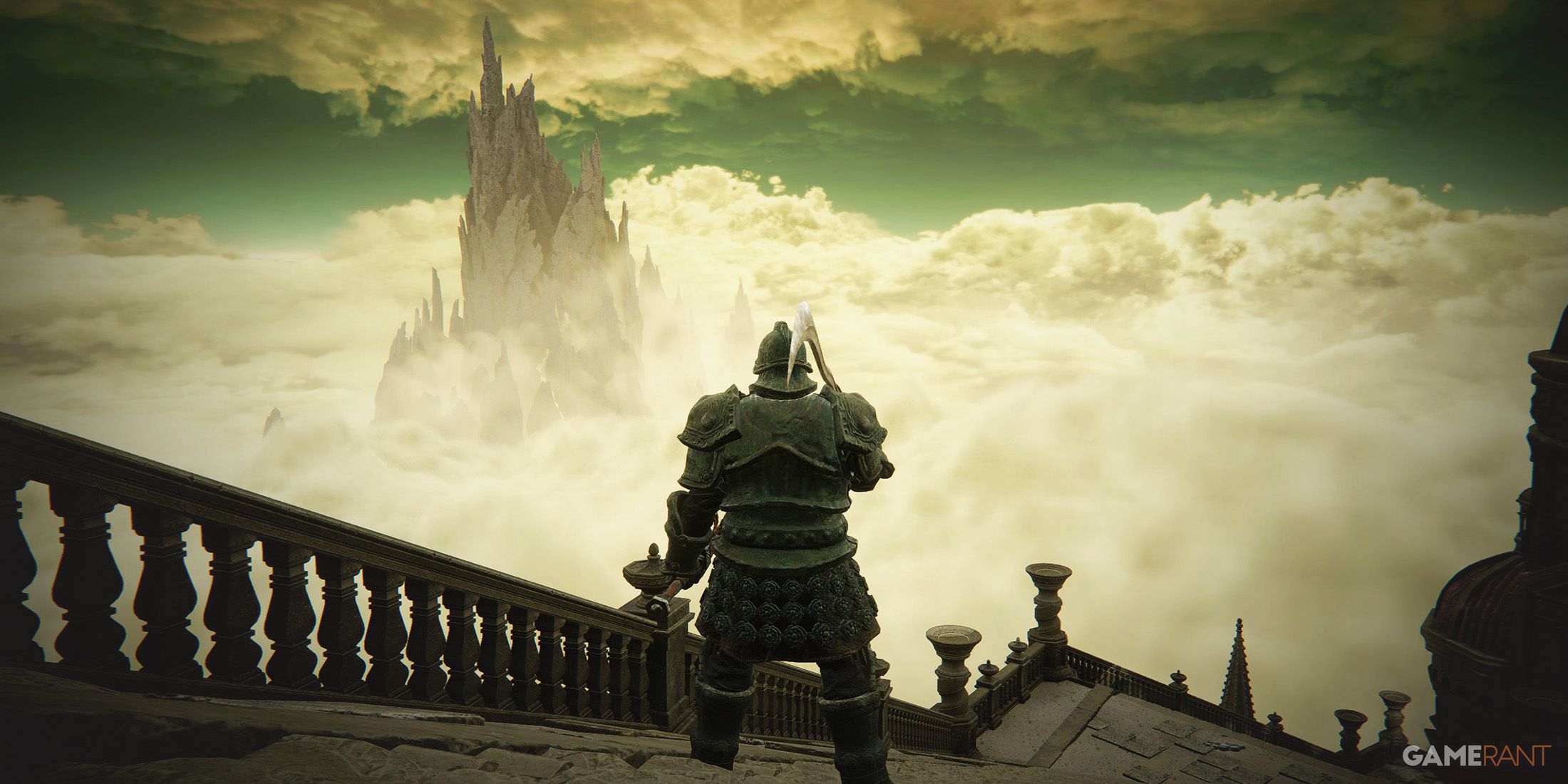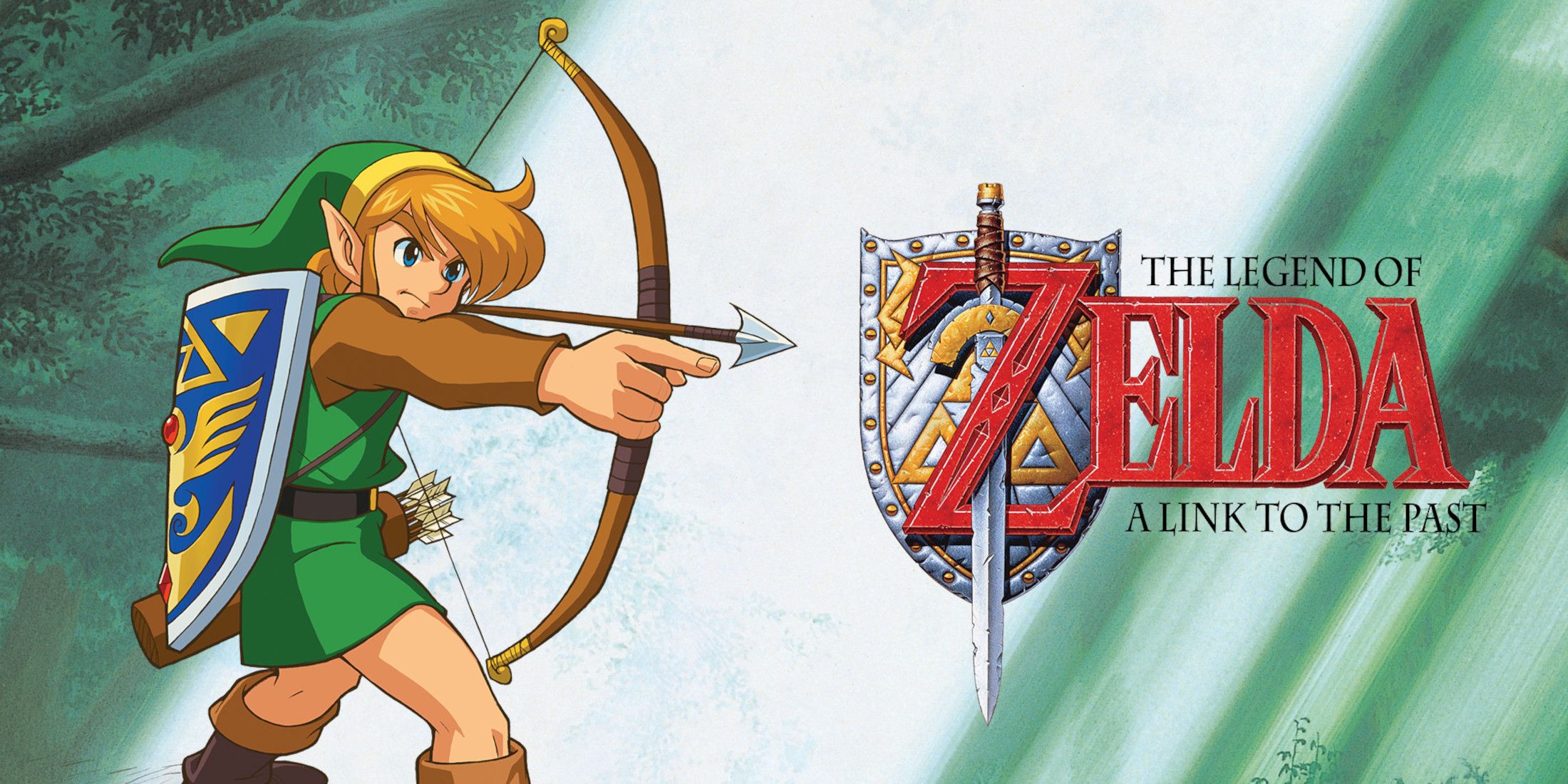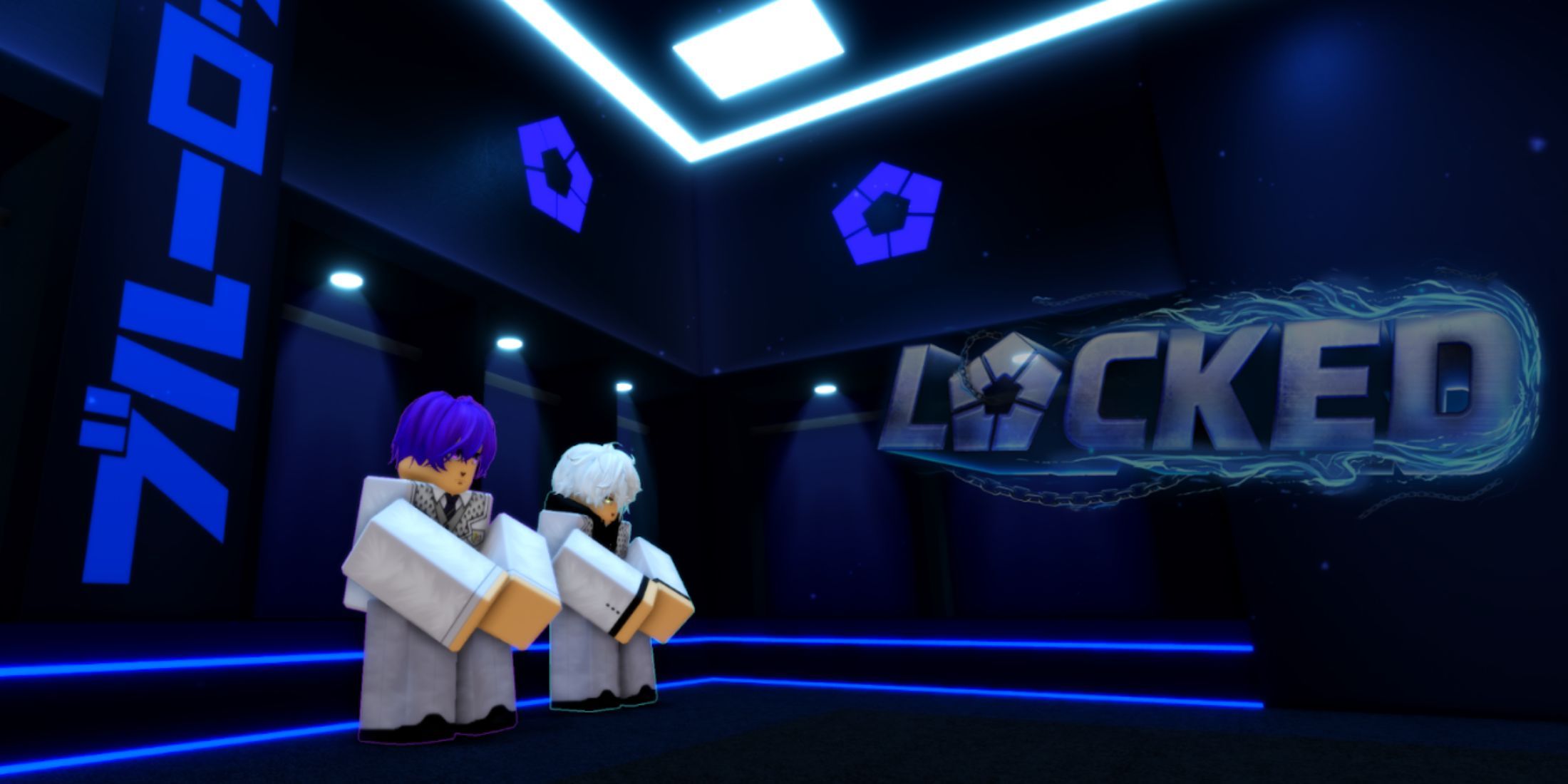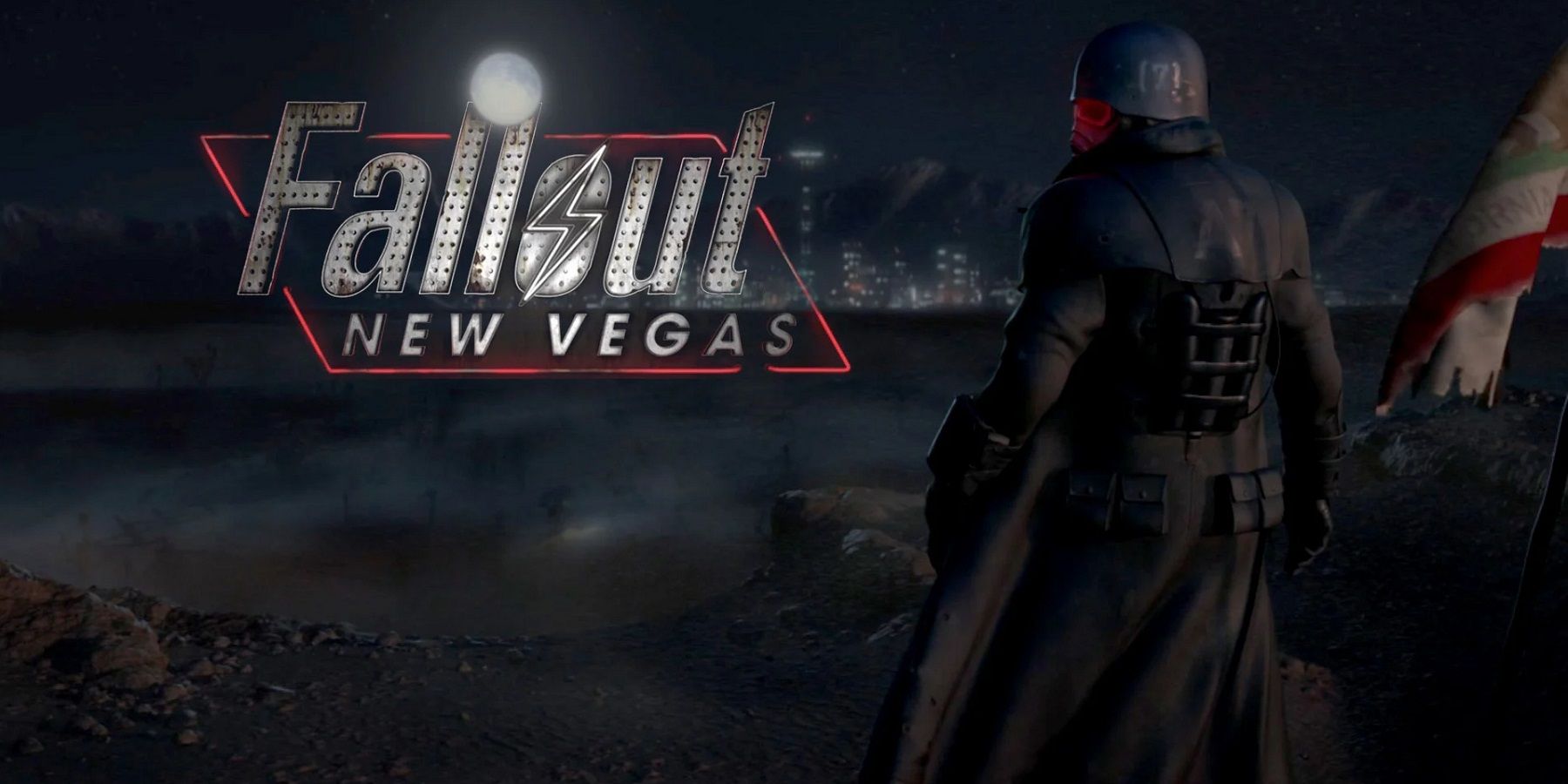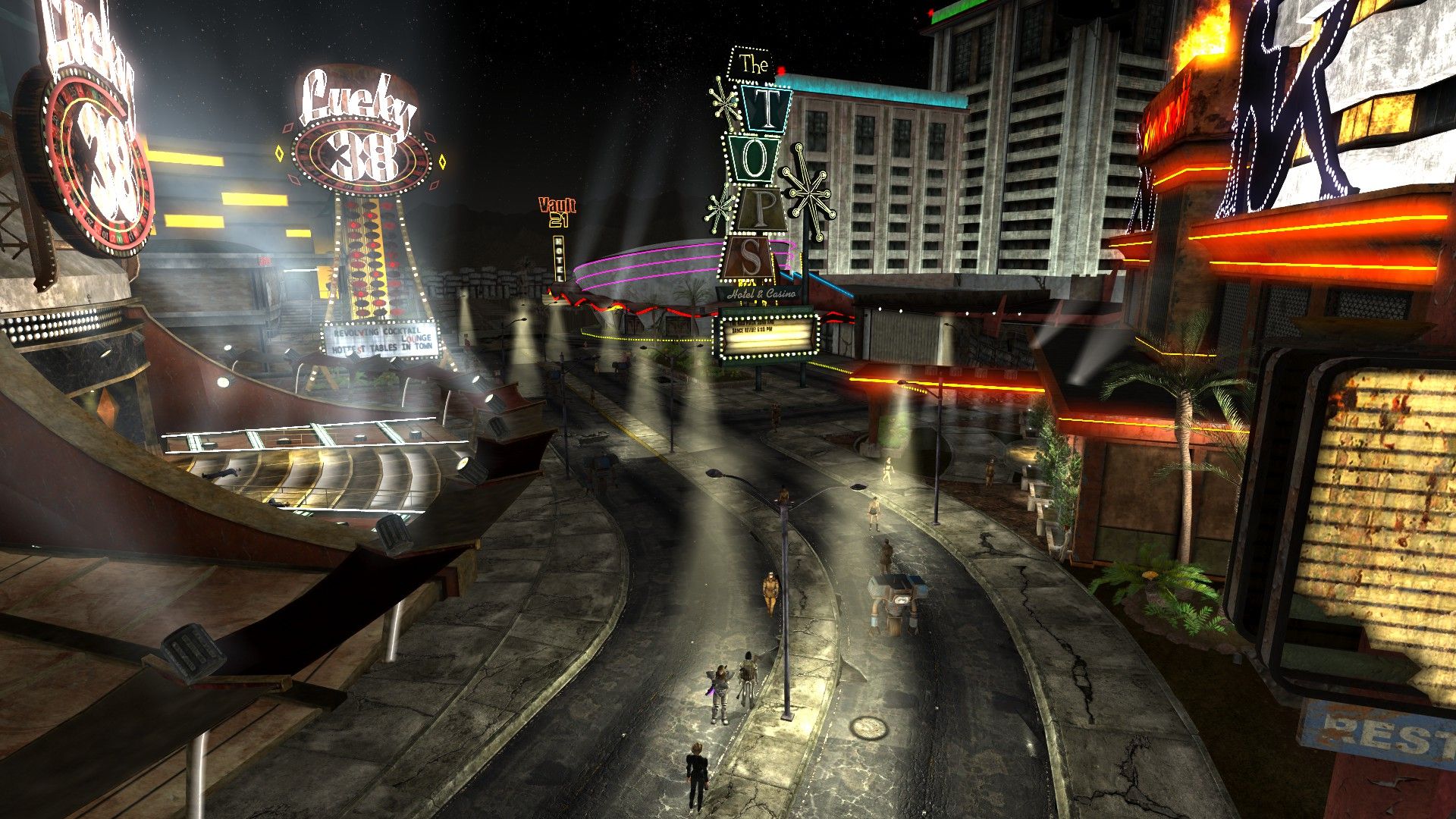Although over a decade old, Fallout: New Vegas is arguably still the most popular game in the franchise, with its engine still being used to create expansion-sized mods. Most recently, a gameplay trailer for Fallout: Nuevo Mexico dropped, showing how fans continue to build upon everything that made Obsidian's original game work so well while creating entirely new takes on the series' narrative.
These fan projects made up the bulk of new experiences players can experience in the Fallout universe as Bethesda is preoccupied with finishing Starfield and developing The Elder Scrolls 6. By the time Fallout 5 is announced, Fallout: New Vegas will likely be over 20 years old, but there are many ideas the game can take from its predecessor.
Fallout 5 Should Breathe Some Life into its World
Assuming that Fallout 5 is set after Fallout 4, it should show notable signs of civilization genuinely healing from the Great War's effects. A stark difference between Fallout games set on the West Coast versus those on the East Coast is how settlements have sprung up in the West centuries after the apocalypse with one side adjusting better than the other.
The Fallout games set in New California have shown that a semblance of society has begun to spring to life with things like functioning armies and economies, with the second title in particular showing new cities prospering alongside old ones. Fallout: New Vegas continues this trajectory by giving several factions influence extending across several states. The New California Republic and Caesar's Legion have several bases scattered through the Mojave Wasteland since it is a neutral zone, with the former even having an embassy in New Vegas proper.
Even with properly outfitted armies, there are still issues regarding radiation, mutated creatures, and raiders, but there is visible progress in society coming back together after 200 years. The same can arguably be said for Fallout games on the East Coast, but not nearly to the same extent as its West Coast counterparts. Signs of life are found in settlements, but almost everybody lives in homes made from scrap instead of the apartments and houses many people in California or Nevada occupy.
The closest equivalent to a stable society shown in the mainline titles developed by Bethesda is Diamond City from Fallout 4, and even it feels tiny when compared to settlements found in Fallout 2. This contrast makes sense since places like Boston and Washington D.C. were hit harder by the bombs than California and Nevada, but given where Fallout 3 and Fallout 4's narratives go, the next game in the series should show the same signs of life found in its West Coast counterparts if it takes place on the East Coast.
Hints of a potentially healing world are shown in both titles, as the former ends with clean water dispersed throughout the Capital Wasteland and settlements receiving more protection from the Brotherhood of Steel. Whether it gets destroyed or preserved, the technological innovations found in the Institute from Fallout 4 will likely find their way to the outside world.
Given the speed these changes are implemented, setting Fallout 5 several decades if not a century in the future might make the most sense if the game intends to show how the actions of previous protagonists have helped substantially improve the world. This would probably be rewarding to many returning players since it would feel like their character helped shift the world in a new direction and having a new setting along with the time gap this substantial could help keep more specific actions ambiguous. As much as Fallout is about braving the dangers of the post-apocalypse, one of the most powerful messages it can tell over several games is that even in the worst of times, humanity can bounce back.
Fallout: New Vegas is out now for PC, PS3, and Xbox 360.

